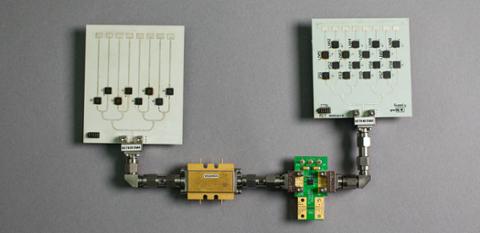Oculus Rolls Out New Headset, But Will VR Remain a Niche Product?
In its continuing bid to dominate the virtual reality (VR) space, Facebook has unveiled yet another standalone VR headset: the Oculus Quest, which will retail for $399 once it ships sometime in early 2019. The Oculus Quest began life as an internal project codenamed “Santa Cruz.” It features four wide-angle cameras for positional tracking, allowing users to walk around in a virtual environment. Although it isn’t tethered to a high-powered PC (like earlier Oculus headsets), Facebook claims the new hardware will support games developed for the high-end Oculus Rift (which is tethered to the user’s PC via a cord). Hugo Barra, who heads up the Oculus program at Facebook, suggested that the Quest is primarily a gaming platform, according to The Verge. While gaming is a massive industry—video games generated more than $100 billion in revenue in 2017—it represents only a sliver of Facebook’s eventual ambitions for the technology. Oculus researchers have been busy creating digital “avatars” for VR users, allowing them to meet and travel; there are also rosy predictions of a future in which people use VR headsets for everything from entertainment to workplace instruction. And some of that future is already appearing in the distance: Walmart plans on deploying 17,000 Oculus headsets to its stores, which it will use for VR-based training. But there’s also a substantial risk that VR could remain somewhat a niche product, especially in comparison to augmented reality (AR), which has the added advantage of operating on smartphones and headsets. Phone-based AR has the benefit of significant support from Apple and Google, which seem determined to make their respective platforms (iOS or Android) the market leader. AR has also achieved a higher degree of early mainstream acceptance than VR, thanks to games like “Pokemon Go” and the new “Measure” app for iOS. A substantial portion of the population owns a smartphone; a much smaller percentage is willing to shell out $400 for a midrange VR headset. For developers interested in the AR and VR realm, AR could present opportunities to reach a wider audience—especially if their app ends up promoted in the Apple and Google app stores. While VR comes with a large number of developer SDKs (just check out all the resources available for developing in Oculus) it seems more of a specialty product—at least for the time being.



